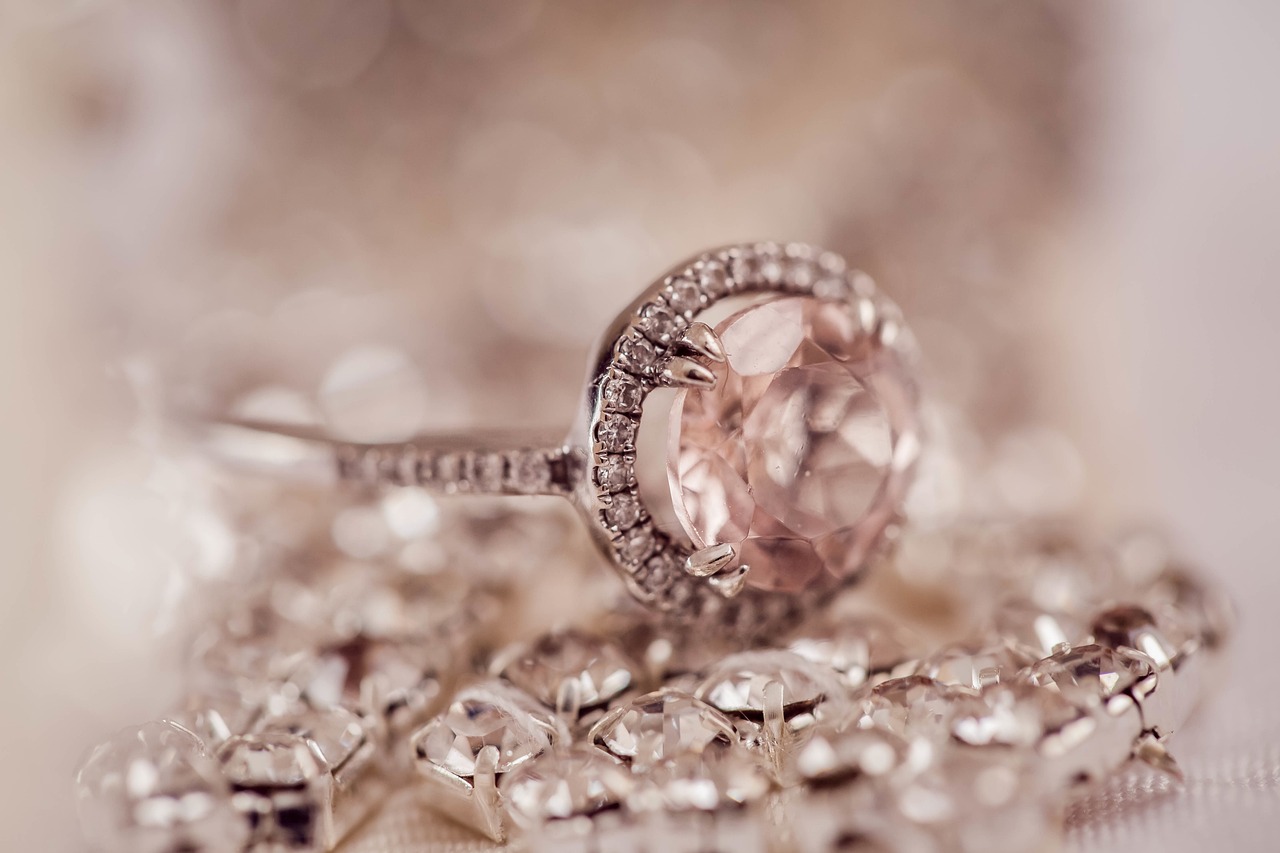The Sparkling Future: A Deep Dive into Sustainable Jewelry Brands
In an age where consumers are increasingly conscious of the environmental and ethical impact of their purchases, the jewelry industry has undergone a transformative shift. What was once a sector heavily associated with environmental degradation, unethical labor practices, and murky supply chains is now evolving into a more transparent, responsible, and environmentally sensitive space. At the heart of this change is the rise of sustainable jewelry brands—companies that prioritize ethical sourcing, eco-friendly materials, and fair labor practices without compromising on beauty or luxury.
This article explores the rise of sustainable jewelry, the practices that define ethical jewelry brands, and some of the leading players pioneering this vital movement.
Why Sustainability Matters in Jewelry
The traditional jewelry industry has long relied on processes that pose significant environmental and social challenges. Mining precious metals and gemstones can lead to:
-
Habitat destruction and water pollution
-
Greenhouse gas emissions
-
Exploitative labor practices, including child labor and unsafe working conditions
-
Opaque supply chains that make it difficult to trace the origins of materials
In response, consumers and advocacy groups have increasingly demanded transparency, traceability, and sustainability from jewelry brands. Millennials and Gen Z, in particular, prioritize values-driven purchases. As a result, sustainability is not just a trend but a necessary evolution in the jewelry market.
What Makes a Jewelry Brand Sustainable?
Sustainable jewelry brands focus on multiple areas to ensure they reduce harm and promote positive impacts:
1. Ethical Sourcing
Brands ensure that their raw materials—gold, silver, diamonds, and other gemstones—come from mines and suppliers that meet strict labor and environmental standards. Some companies go a step further and use Fairmined or Fairtrade certified metals.
2. Recycled Materials
Instead of extracting new materials, many sustainable jewelers use recycled gold, silver, and diamonds. This reduces the need for mining and lowers the environmental impact of production.
3. Lab-Grown Gemstones
Lab-grown diamonds and gems are chemically and visually identical to mined stones but are produced in controlled environments, reducing the environmental toll and human rights concerns.
4. Transparency and Traceability
Sustainable brands offer full transparency about where their materials come from and how their jewelry is made. Blockchain technology is sometimes used to track materials from mine to market.
5. Eco-Friendly Packaging
Brands are minimizing waste by using recycled, compostable, or reusable packaging to deliver their products.
6. Giving Back
Many ethical brands donate a portion of their profits to environmental or social causes, supporting communities affected by mining or investing in reforestation and ocean cleanup efforts.
Top Sustainable Jewelry Brands Making a Difference
Below are several leading sustainable jewelry brands that exemplify these principles.
1. Mejuri
Mejuri has become a favorite among millennials for its minimalist and stylish designs. The brand uses recycled gold and responsibly sourced diamonds while maintaining transparent sourcing and pricing models. Mejuri’s commitment to diversity and inclusion also makes it a standout.
2. Brilliant Earth
Brilliant Earth is well-known for offering ethically sourced diamonds and gemstones. They provide blockchain-tracked diamonds and use recycled precious metals in much of their jewelry. They also support mining communities through initiatives like the Brilliant Earth Foundation.
3. Vrai
Vrai creates fine jewelry using zero-emission, lab-grown diamonds. Their diamonds are grown using hydropower in the Pacific Northwest, and they pride themselves on vertical integration, meaning they control the entire process from growth to retail.
4. Soko
Based in Kenya, Soko partners with local artisans to create beautiful, contemporary pieces using recycled brass and reclaimed cow horn. The company uses a mobile-enabled supply chain to connect marginalized artisans directly to global markets, promoting ethical labor and sustainable production.
5. Monica Vinader
This UK-based brand is a leader in transparency and ethical practices. They use 100% recycled gold vermeil and sterling silver and are a certified member of the Responsible Jewellery Council. Monica Vinader also has a repair and recycling program to extend the life cycle of its products.
6. Catbird
Located in Brooklyn, Catbird is a certified B Corp that uses recycled gold and conflict-free stones. Their “Giving Fund” donates 1% of all sales to nonprofits focused on women’s rights, environmental protection, and social justice.
Innovations Driving Sustainable Jewelry
The shift toward sustainability has spurred innovation across the jewelry industry. Some notable developments include:
– Blockchain for Supply Chain Transparency
Brands are using blockchain to give customers verifiable insights into where their diamonds or metals originated. This traceability builds trust and accountability.
– Carbon-Neutral Manufacturing
Companies like Vrai and Ana Luisa aim for carbon neutrality by measuring, reducing, and offsetting their emissions throughout the production process.
– Circular Economy Models
Some brands encourage customers to return old jewelry for recycling or repair. This closed-loop approach keeps materials in use longer and reduces waste.
Challenges and Future Outlook
Despite impressive progress, sustainable jewelry faces several hurdles:
-
Higher production costs for ethical materials and labor
-
Consumer confusion over what “sustainable” actually means, due to greenwashing
-
Limited availability of traceable materials in some regions
However, increased awareness, technological advancement, and regulatory pressure are pushing the entire industry toward greater sustainability.
Looking ahead, the future of jewelry will likely be customized, traceable, and eco-conscious. As consumers become more informed, brands that cannot meet ethical standards may find themselves losing market share.
Final Thoughts
Sustainable jewelry is more than just a trend—it’s a necessary realignment of values in a historically problematic industry. By choosing to support brands that emphasize ethical sourcing, environmental responsibility, and social equity, consumers can wear their values and still enjoy the timeless beauty of fine jewelry.
In a world where the true cost of luxury is under increasing scrutiny, sustainable jewelry offers a path forward—where beauty doesn’t come at the expense of the planet or its people.

